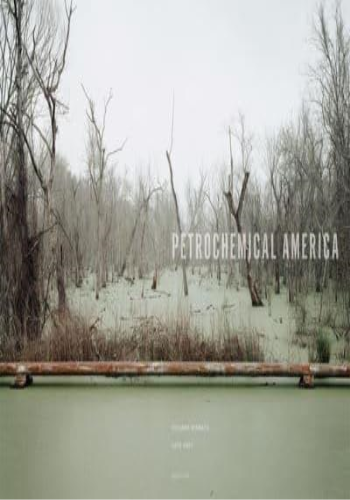In fall 2012, the hardcover edition of this book was released to critical acclaim and received several awards, including the 2013 American Society of Landscape Architects Honor Award for its innovative collaborative approach and design. Now available in a smaller, more afford - able paperback edition, Petrochemical America features Richard Misrach's haunting photo-graphic record of Louisiana's Chemical Corridor, accompanied by landscape architect Kate Orff 's Ecological Atlas-a series of "speculative drawings" developed through research and mapping of data from the region. Their joint effort depicts and unpacks the complex cultural, physical, and economic ecologies along 150 miles of the Mississippi River, from Baton Rouge to New Orleans, an area of intense chemical production that first garnered public attention as "Cancer Alley" when unusual occurrences of cancer were discovered in the region. This collaboration has resulted in an unprecedented, multilayered document presenting a unique narrative of visual information. Petrochemical America offers in-depth analysis of the causes of decades of environmental abuse along the largest river system in North America. Even more critically, the project offers an extensively researched guidebook to the ways in which the petrochemical industry has permeated every facet of contemporary life. What is revealed over the course of the book, however, is that Cancer Alley-although complicated by its own regional histories and particularities-may well be an apt metaphor for the global impact of petrochemicals on the human landscape as a whole.







